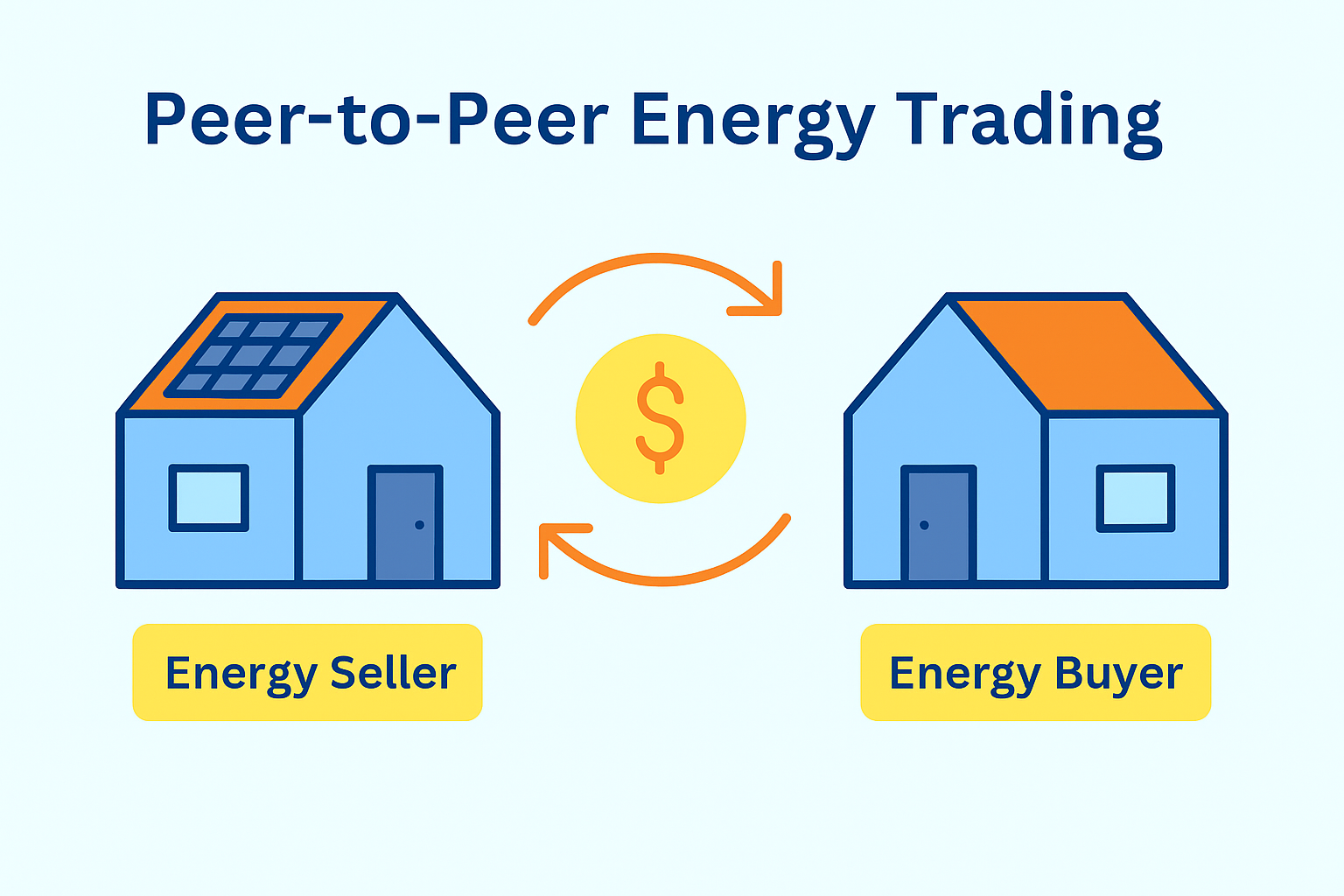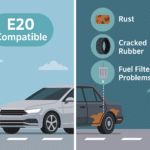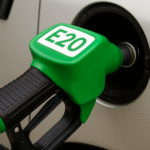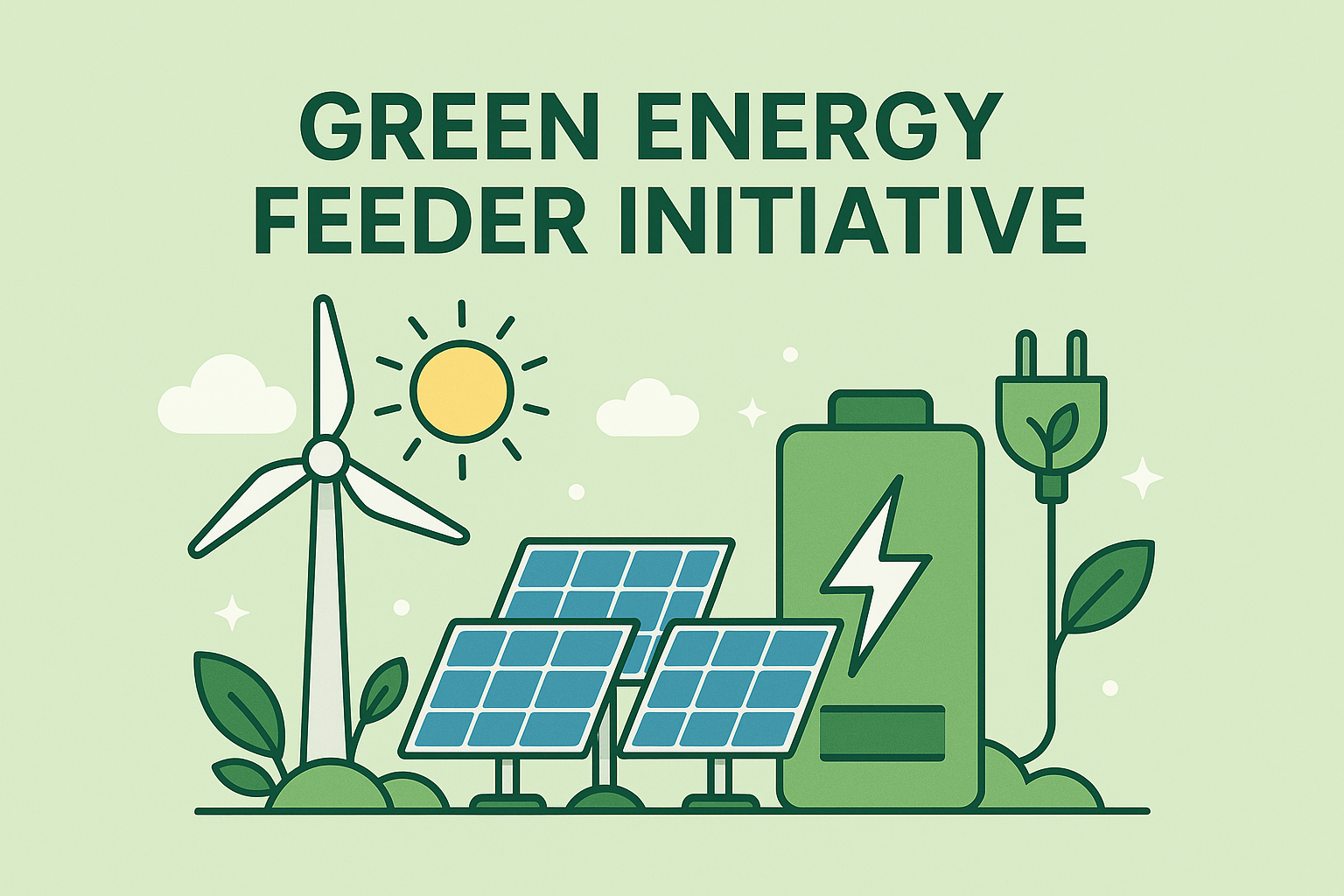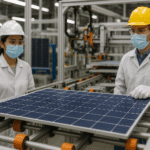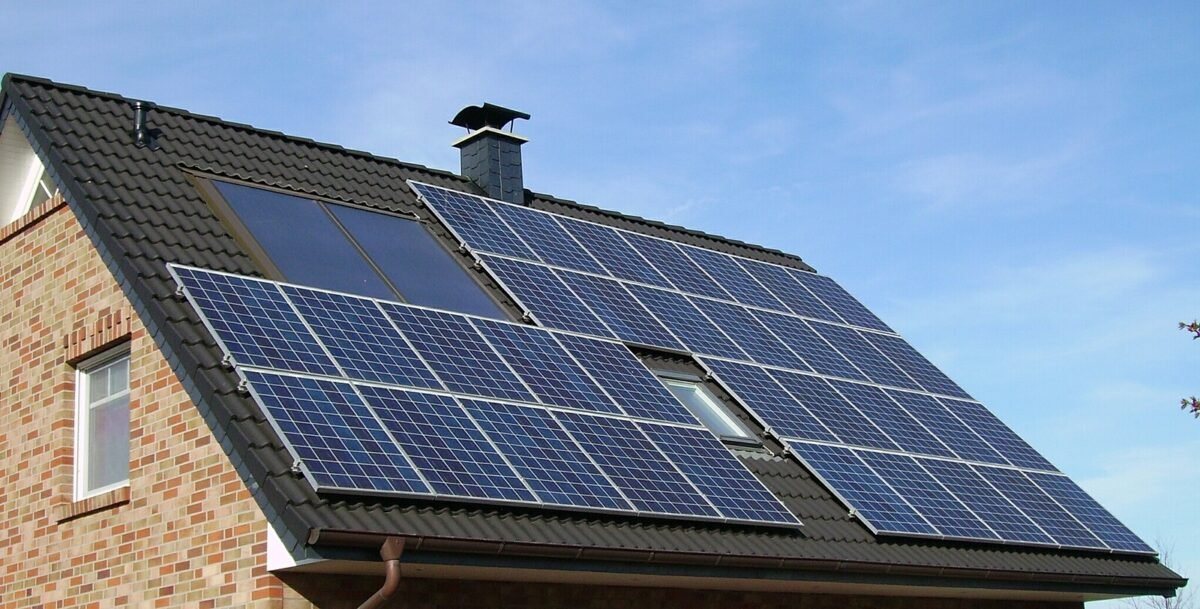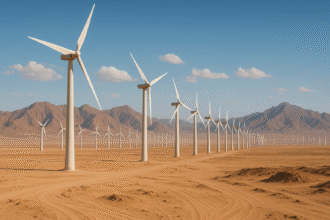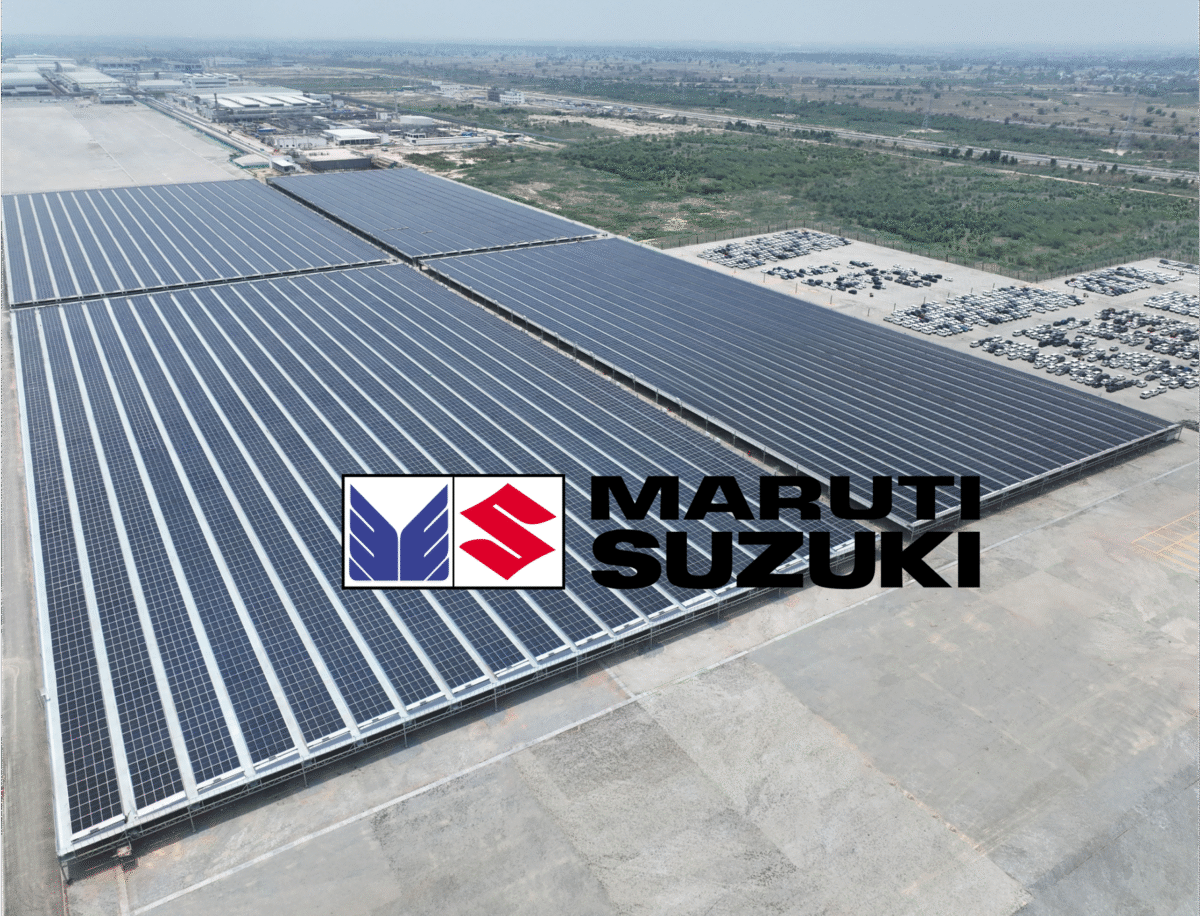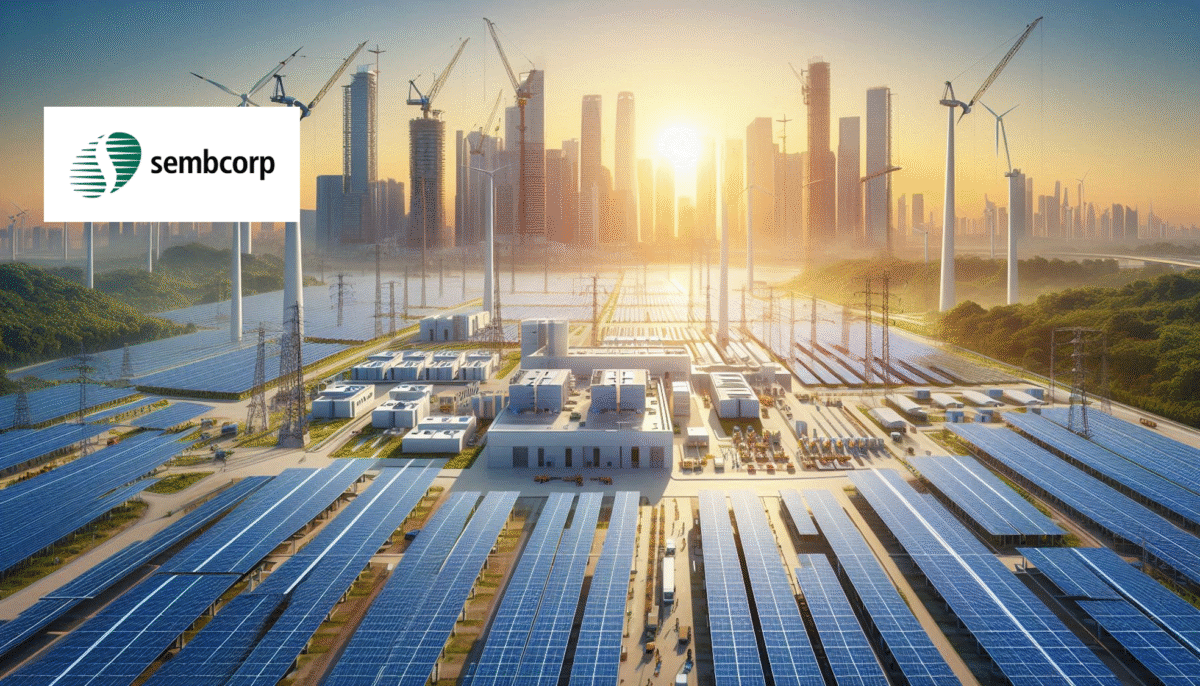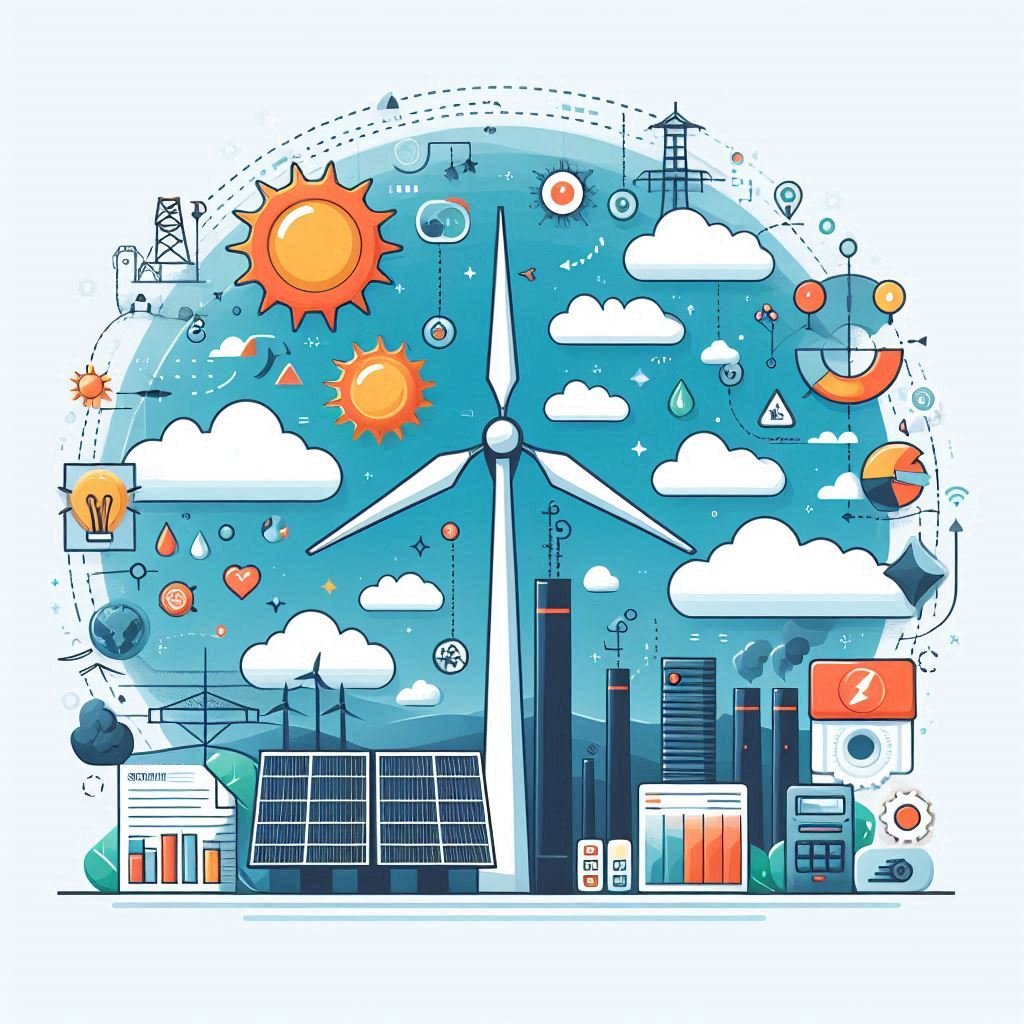“This lighting retrofit goes beyond infrastructure improvements—it embeds sustainability into our day-to-day operations, Every kilowatt-hour we save advances our goal of building a resilient, environmentally responsible aviation hub.”
– Paul Griffiths, CEO of Dubai Airports
Dubai, June 7, 2025 – Dubai Airports has launched the final and most ambitious phase of its airport-wide lighting retrofit, partnering with Etihad Energy Services Company (Etihad ESCO), a Dubai Electricity & Water Authority (DEWA) subsidiary, to replace conventional fixtures with high-efficiency LEDs across both Dubai International (DXB) and Al Maktoum International (DWC). This comprehensive upgrade marks one of the Middle East’s largest sustainable infrastructure initiatives and underscores Dubai Airports’ commitment to operational excellence and environmental stewardship.
From Phase I to the Finish Line
The retrofit began in early 2024 with the replacement of 150,000 lighting fixtures at DXB. In this final phase, over 180,000 additional conventional lamps—runways, concourses, garages, and administrative areas—will be swapped out for advanced LED systems equipped with smart controls and daylight-harvesting sensors. Upon completion, the project will have modernized 330,000 fixtures in total, delivering:
- 47 million kWh annual energy savings (enough to power 4,300 homes for a year)
- AED 20 million in yearly operational cost reductions
- A significant cut in CO₂ emissions, bolstering Dubai Airports’ role in the emirate’s net-zero by 2050 vision
Strategic Partnership and Financing
Under the agreement signed June 7, Etihad ESCO will finance, install, and maintain the LED systems under a guaranteed-savings model. Dubai Airports will repay the project costs through a share of the electricity savings, creating a zero-capex pathway to enhanced efficiency.
Technology & Operational Benefits
Key features of the retrofit include:
- Smart Controls: Automated dimming and vacancy sensors optimize light levels based on occupancy and natural daylight.
- Centralized Management: A digital dashboard provides real-time monitoring of energy use, lamp health, and maintenance alerts.
- Longer Lifespan: LEDs offer lifecycles exceeding 50,000 hours—double that of traditional fixtures—cutting maintenance downtime and costs.
These technologies not only lower energy demand but also improve lighting quality and passenger comfort in terminals, baggage halls, and service areas.
Broader Context in Dubai’s Sustainability Roadmap
The lighting retrofit complements other Dubai Airports initiatives—such as LEED Gold certification for its air-traffic control facility—and aligns with DEWA’s Sustainable City Blueprint. It also dovetails with major events and forums in the emirate, including the upcoming Middle East Clean Energy Week, which will showcase regional clean-tech innovations and financing models.
Looking Ahead
With the final phase underway, Dubai Airports is on track to complete the retrofit by Q1 2026. The project’s success paves the way for similar energy-efficiency upgrades in other critical infrastructure sectors—transport, logistics, and urban development—helping Dubai meet its target of reducing carbon intensity by 16 percent by 2028. As global aviation decarbonizes, Dubai’s bold retrofit serves as a blueprint for airports worldwide seeking to balance growth with sustainability.



